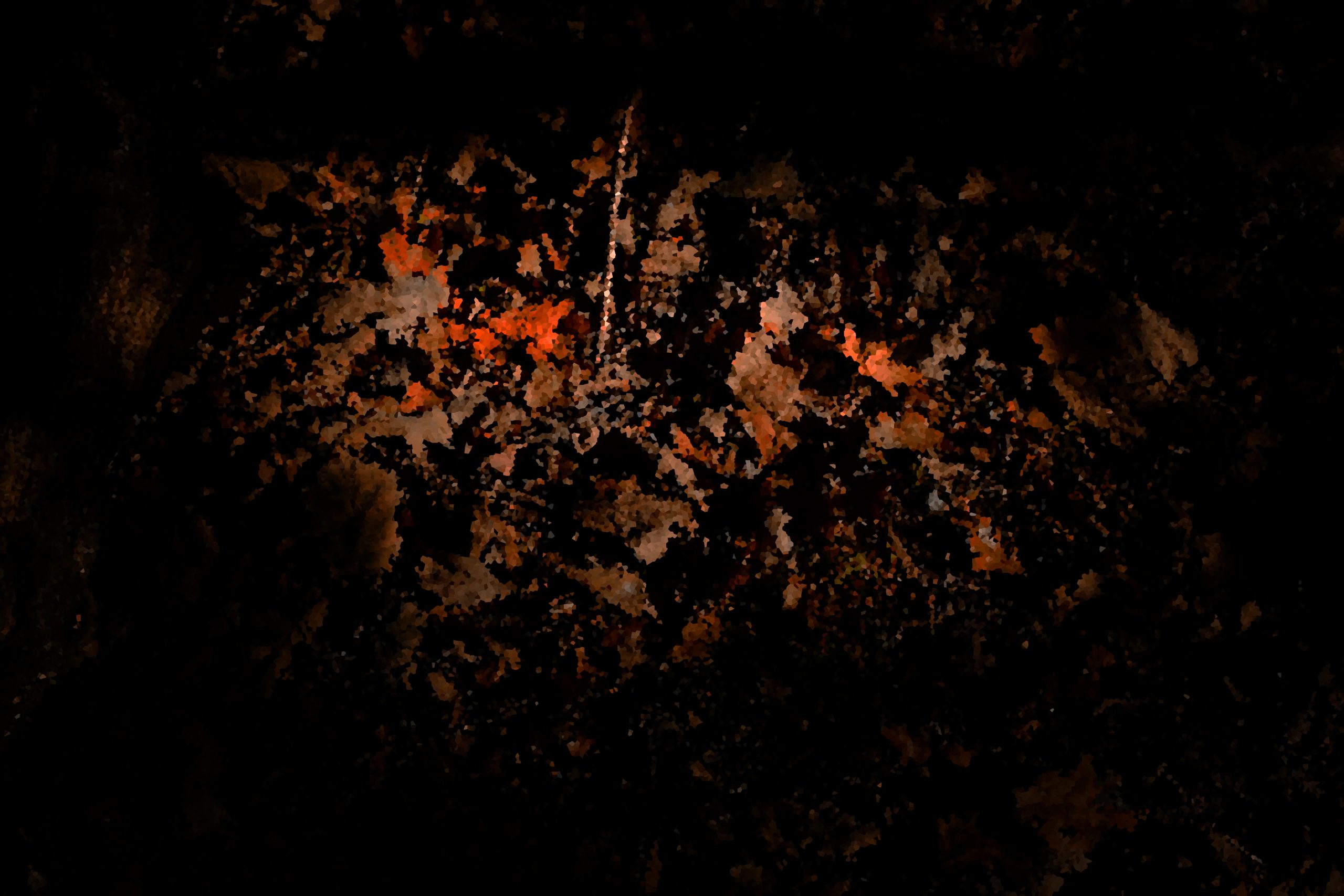In making ‘Married Man’, photographer Natasha Caruana documents a series of ‘dates’, organised through websites, designed for married men to conduct affairs. She photographs each man while concealing their identity and secretly records them using a hidden recorder.
It’s a hugely original and creative piece of work, to be sure. In a guest lecture, Caruana discussed the ethics of her work, which largely focused on privacy – both of the men being dated and the the potential for discovery by the unknowing wives.
During the lecture, Caruana told us that there was a double deceit at play: The men were cheating on their wives and she, by recording and photographing them, was cheating on them.
I felt an immense rush to like her project. I like the idea of the deceivers being deceived, of cheats (in whatever form) being ‘caught’. But, I’ve looked through the project and felt increasingly ill at ease.
And I think it is this: beyond the staging of these dates – where they happen (never glamorous) and what is eaten (having cake and eating it looms large) – I’m not sure I understand the motivation of an affair any better than I did before engaging with the work.
There is something of the ‘theatre without the actors’ in Married Man. Of course it might be the case that during the 80 dates she went on, Caruana only met men with unfulfilled sexual ambitions. That the motivation was really that crass. And if that was the case, one image might suffice to tell that story?
But I doubt that’s the case.
I have not succumbed to having an affair. But people very close to me have. And they very rarely stem from a desire for sex with somebody other than a spouse. They come from deep lonleliness and despair, a fear of dying unloved, feelings often exercerbated by the public-facing marital blanket in which outsiders assume all beneath is well.
Those feelings can become entwined with sexual desire – intimacy, belonging, to be wanted and desired, to matter to somebody (anybody).
But I found nothing of that more subtle psychological motivations underpinning the men’s decision to join a dating website. Visually, I’m not sure this potentially very fruitful area of many people’s lives, has been fully explored.
For all that, I am incredibly grateful to Natasha Caruana because her work has challenged me in my own practice. Could I have done what she did? No. Could I have photographed it any better? No. But her work has reminded me of the importance of complexity and subtlety when the subject matter demands it.
History and Photography (and Cinematography too)
The artist David Hockney has issues with the frezing of time in photography. So much so that he asks why something captured all at once in a single moment any more revealing than the “painted experience of motion”. His difficulties with the medium underpinned his own photographic practice.
But what if a photograph goes beyond ‘freezing time’ and renders a period of experience in two dimensions?
http://andreinacu.roAndrei Nacu attempts that in his work 25° 27′ 22.456”.
There is, he tells us, just one 10 second clip shot on the hoof of the execution of the Romanian dictator and his wife, Nicolae and Elena Ceausescu, on the 25th of December 1989.
Those ten seconds comprise 270 frames made of that event. The footage itself is blurred and, but for short bursts light (gunshots), very little of the actual ‘event’ can be made out.
In Nacu’s own words: “I’m taking all the frames from which these moving images are made from (25 frames per second) and I’m not considering them as being flat, in two dimensions (567×706 pixels), but I’m looking at them as if each pixel would be a cube, not a square, so each frame will have the thickness of 1 pixel. When placed one behind the other, all these frames create a volume, a cuboid that would be the spatial, material representation of the digital footage created from the original VHS cassette.”

The result is visually peculiar, like a data visualisation but with the muted colours of stone and earth.

Nacu explains he envisaged the two works (each the side edges of the theoretical visual cube) to be sited on opposing walls a short distance from one another. The viewer was expected to stand between the two images as if within the cube.
Given the raw material of the work, it is understandable the images reveal little about the details of the executions. They do reveal the colour palette of the moment, the last palette the Ceacescus would have seen . But their revelatory power, I feel, comes from the inherent dificulty of ‘seeing’ what is representated. To my eye they appear to be reflections on disturbed water. Watershed moments are often murky and unresolved and only become deemed “watershed” moments later in time.




